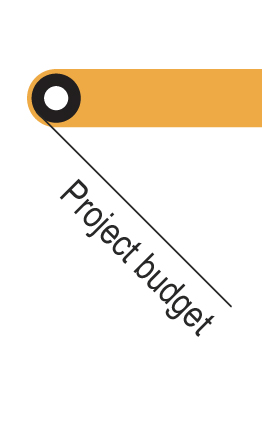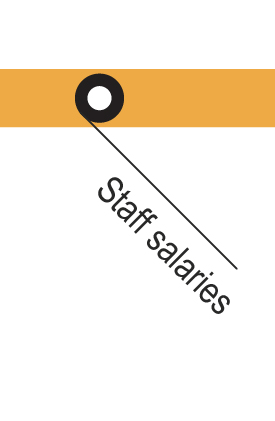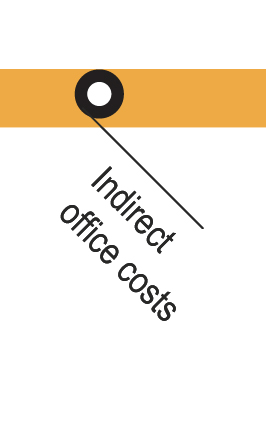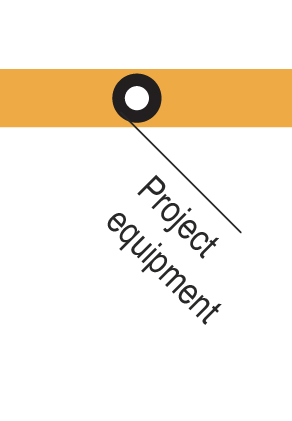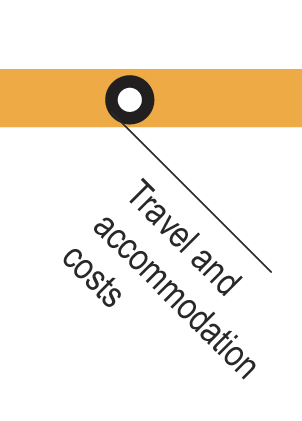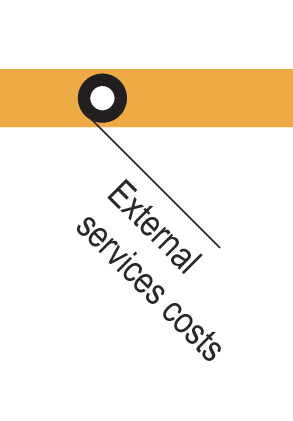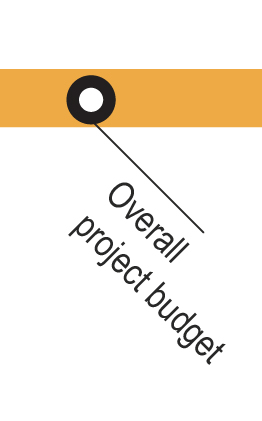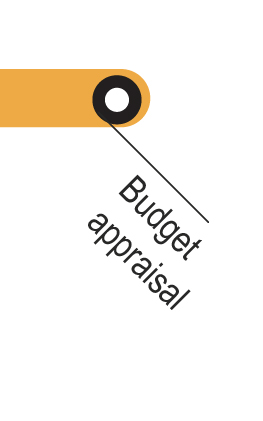STARTING THE PROJECT BUDGETING, you need to have a clear understanding of the project itself. Typical questions for this task include:
What type of project is it?
How many activities will be delivered?
How long will the project last?
Who will be involved in managing and implementing the project?
How long will it take to complete each project activity?
Are there any activities that need to be commissioned to external providers?
How will the project be governed and how often do the various groups have to meet?
What communication activities will the project engage in?
All these aspects affect how much a project will cost to implement and where funding could be found.
The tool is a guide with a sequence of tables to help you thinking through the process of preparing the basic information that you need before you can start costing a project.
The additional external tool is a very easy to read article that provides you with advice on how to get started as a project manager, which covers the same process as getting started for costing a project.
You can also try out this Cost Estimation Challenge, to help you start estimating the cost of an action: it will help you in brainstorming and reviewing all potential cost components.
| Who is this tool for ? | When should the tool be used? |
| Staff who is designing the project and the project budget. | When a project work plan has been developed in sufficient detail and you need to identify how much resources the project will need so that it can be implemented (with or without additional funding).
When you are ready to apply for in-house or external funding. |
Click on the stations to navigate throught the Costing line!
Key challenges of this step
- The main challenge in designing a project budget is to remain flexible in approach and outlook. It is most likely that a number of aspects of the project will change over time. This is either because the activities and/or number and type of staff involved are changing, or the particular requirements of a funding programme need you to adjust the project. You will need to review and adjust to changes regularly.
- A further challenge is to strike a good balance between being over-precise (separating too many tasks and sub-tasks) or too superficial. At the outset of planning a project you can be more broad in your estimations of costs. However, the nearer you get to writing a funding application, the more detailed you need to become. When you ask for funding, you don't want to ask for too little or too much. With too little, you won't be able to deliver the project as planned. With too much you run the risk of being perceived as unrealistic or too expensive.
- The requirements of different funders vary in terms of the amount of detail they need regarding project costs. However, it is always good practice for you to know how much resources (financial and non-financial) your project will require.
Main risks
- Missing to estimate the costs of important project activities or tasks will cause delivery issues. After a budget has been approved it is often difficult to change and you might not be able to complete the project as planned.
- There is a risk of insufficient information such as the availability, capacities and know-how of staff that you want to involve in your project. This uncertainty might have cost implications.
Helpful tips
- Think through in detail and for every stage, how the project will be operationalised. It helps to break down the project into distinct operational activities, phases, work packages or strands of activities. Focus on how much time and resources are needed to complete each of them.
- Separate the management/coordination activities from the other operational tasks of the project for added clarity and separate them into different budget headings.
- Review the resources and budgets of similar projects to draw insights for your own project. Consult with experienced colleagues. For example the extent of their activities, the timeframe, number and type of staff they needed to complete a similar project, the resources that they required for its project management and coordination, etc..
- If you prepare a project budget for external funding, ensure that you are aware of the detailed budget terms and definitions used by the funder. Definitions of budget headings and key terms can vary between funders
- Consult with some colleagues who have experience in project budgeting and who can assist you in the estimates.
- When your project is about constructing a new building such as a community centre, be mindful to separate your activities into a 'capital project' (bricks and mortar - concerning exclusively the construction of the new building, including the purchase of land) and into a 'revenue project' (concerning the management and maintenance of the building once it has been constructed).


